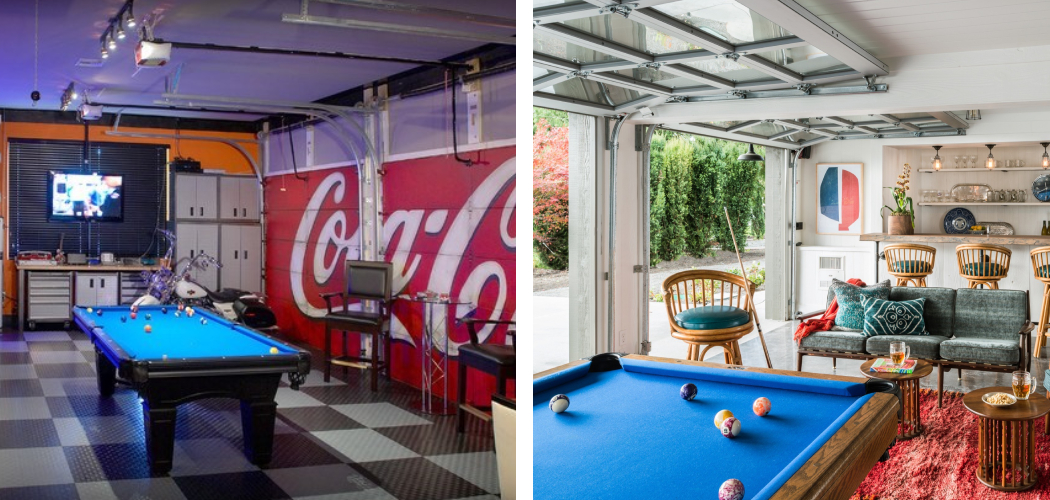A well-insulated garage is a great way to protect your vehicles and valuables from extreme temperatures, but it can also be used to make air conditioning more efficient. Insulating a garage for air conditioning can help lower energy bills, improve climate control and reduce the wear and tear on AC units throughout the summer months.
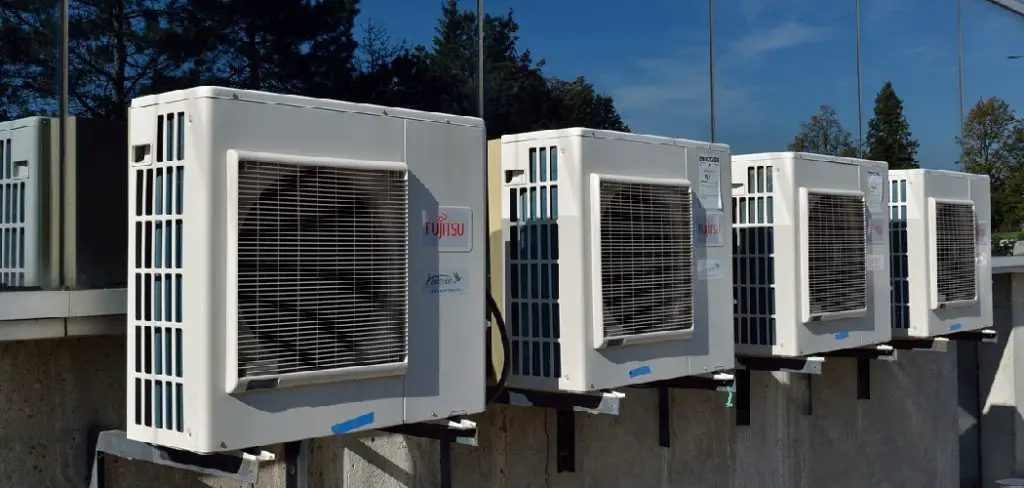
In this post, we’ll provide step-by-step instructions on how you can insulate your own garage using basic materials that are easy to purchase online or at local hardware stores. Read on to discover how to insulate a garage for air conditioning—including comfort and cost savings—as well as exactly what steps you need to take in order to create an insulated space.
Summary: Insulating a garage can be a great way to keep the temperature comfortable for working, storage, and other activities. By using insulation, homeowners can reduce their energy bills and ensure that their garage is climate-controlled all year round. The most important step in insulating a garage is selecting the right insulation material based on the type of garage door, local climate, and other factors.
What Is the Cheapest Way to Cool a Garage?
The cheapest way to cool a garage is to use passive cooling techniques, such as adding insulation and proper ventilation. Adding insulation to the walls and ceiling of your garage will help keep hot air from entering your space and reduce the amount of energy needed for air conditioning.
Additionally, increasing airflow in your garage by opening doors or windows can facilitate air circulation and help keep the temperature cool. If you are looking to cool your garage even more, you can invest in an air conditioning unit or a fan.
Air conditioning units run on electricity and require a higher upfront cost compared to cooling techniques that utilize free resources such as ventilation and insulation.
However, depending on the size of your garage and climate, it could be worth the investment to install an air conditioning unit. If you choose this route, make sure to purchase an energy-efficient model and consider having a professional install it for optimal results.
If your garage is attached to your house, you may be able to extend the climate control of your home’s central air system into the space. This will require additional ductwork, however.
Additionally, if you already have a heating and cooling system in place for your home, you can use it to cool the garage as well. Speak with a professional about setting up zoning in order to have separate temperature controls for each area of your house, including the garage.
No matter which approach you to choose, make sure to properly insulate the walls and ceiling of your garage. This will help maintain the temperature and keep cooling costs down in the long run. With proper insulation, ventilation, and/or an air conditioning unit in place, you should be able to keep your garage cool and comfortable all year round.
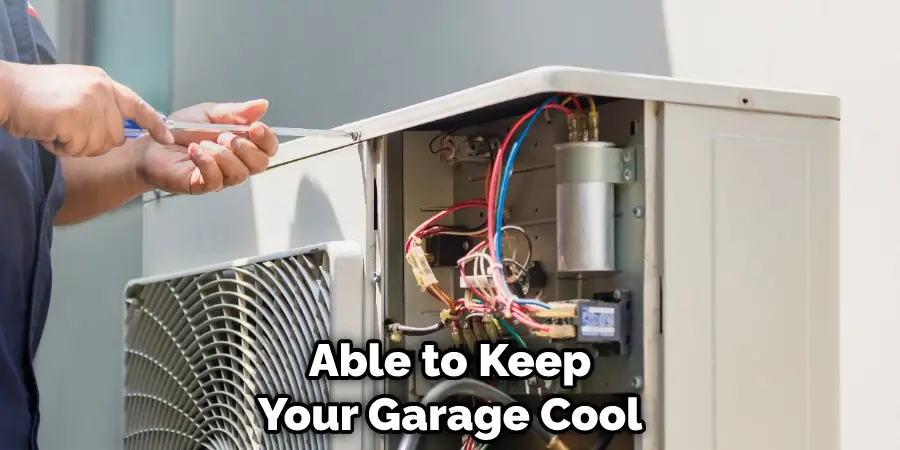
10 Methods How to Insulate a Garage for Air Conditioning
1. Check for Gaps and Cracks
The first step in insulating your garage is to check for any gaps or cracks in the walls, ceiling, or door. These can be sealed with caulk or weatherstripping to prevent cool air from escaping. You may also consider installing insulation panels or foam boards to block airflow in and out of the garage.
While these materials are often more expensive, they can provide better insulation than caulking and weatherstripping alone. Although it may take more time and effort, plugging any gaps and cracks can help your insulation last longer.
2. Add Insulation to the Walls
Adding insulation to the walls is one of the most effective ways to keep your garage cool. You can use fiberglass batts, rigid foam boards, or spray foam insulation. Be sure to seal any gaps around electrical outlets or switches. It is also important to make sure that the insulation does not obstruct any vents or ducts.
Depending on your climate and the size of your garage, you may need to add more insulation. Check with your local building department for the minimum insulation requirements for your area.
3. Add Insulation to the Ceiling
Adding insulation to the ceiling is also a great way to keep your garage cool. You can use fiberglass batts, rigid foam boards, or spray foam insulation. Be sure to get the right type of insulation for your needs, and make sure it is properly installed. You’ll also need to consider how much insulation you will need.
The higher the R-value, the better the insulation is at keeping your garage cool. Additionally, it’s important to make sure that there is an air barrier between the living space and the garage. This will also help keep your garage cool by preventing hot air from entering. If you’re not comfortable doing the installation yourself, you can hire a professional to do it for you.
4. Install a Garage Door Insulation Kit
If you have a metal garage door, you can insulate it with a garage door insulation kit. These kits come with everything you need to install the insulation, including instructions. The insulation is usually made of a foam board material that is designed to reflect heat.
You will also need some basic tools, such as a drill and screwdriver, to install the insulation. This can help keep the temperature in your garage more comfortable when you are using your air conditioner. It can also help reduce energy bills by reducing the amount of heat that passes through the door.
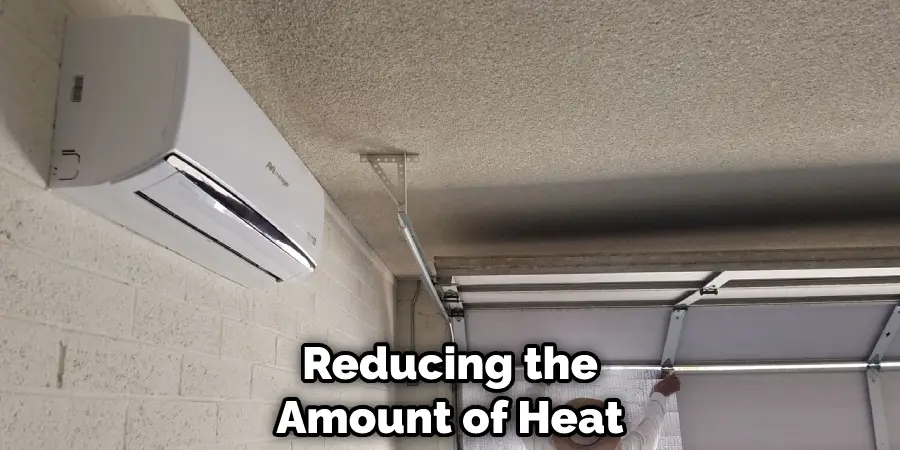
5. Install Weatherstripping on the Garage Door
Weatherstripping is another great way to prevent cool air from escaping through your garage door. You can purchase weatherstripping at most hardware stores. Simply cut it to size and install it around the perimeter of your garage door.
Make sure to use a good sealer around the edges of the weatherstripping to ensure it sticks securely. This will help keep cool air inside your garage much longer. If you are unsure how to install weatherstripping, refer to your garage door manufacturer’s instructions or ask a professional for help.
6. Use a Heavy-Duty Garage Door Cover
If you don’t want to install a new garage door, you can use a heavy-duty garage door cover instead. These covers are made of thick, insulating material and help to keep the inside of your garage cooler in the summer months.
You can purchase a garage door cover online or in most home improvement stores. Additionally, be sure to check if your local building codes require that you have a certain type of insulation before installing a garage door cover.
7. Hang Curtains in Front of Windows
Hanging curtains in front of windows helps to block out sunlight and keep your garage cooler. You can purchase curtains at most home goods stores. Be sure to choose a heavy fabric that will block out light and heat effectively. When you hang the curtains, make sure they are securely fastened to the walls and windows.
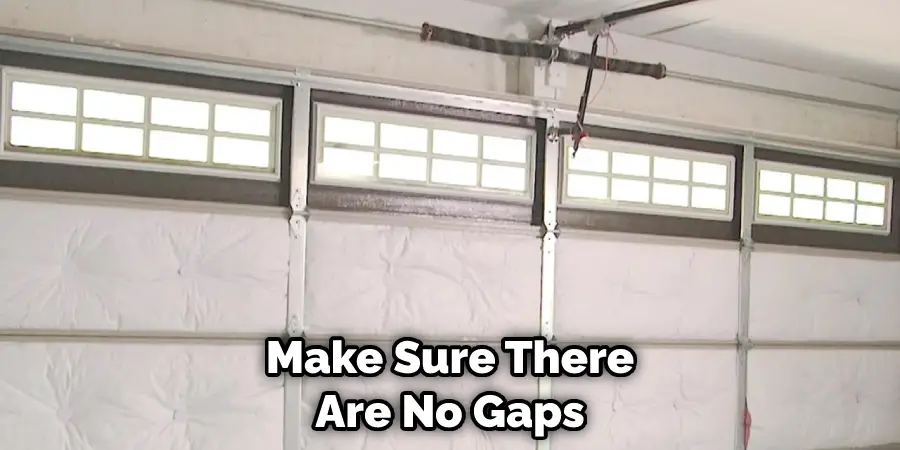
Make sure there are no gaps between the curtain and the wall for air to escape. You can also use a curtain rod with magnets on the ends to create an airtight seal around the windows. This will help to keep the air in your garage cooler and more comfortable. Additionally, you can add insulation batting behind the curtains to further insulate the windows.
8. Use Window Film on Glass Doors
Window film is another great way to reduce heat gain in your garage. This thin film is applied directly to glass doors and helps reflect sunlight away from the inside of your home.
Window film is available at most home improvement stores. It is relatively easy to install and provides great insulation benefits. Once installed, window film can reduce heat gain by up to 80 percent! Additionally, this film will also reduce glare and help to make your garage more energy-efficient.
9. Use Reflective Foil Insulation on the Walls
Reflective foil insulation is a great way to keep your garage cool. This insulation is applied directly to the walls and helps reflect the sun’s heat away from your garage. You can find reflective foil insulation at most home improvement stores.
Before applying it, be sure to measure the wall space that you need to cover and purchase enough foil insulation to cover it. Once you have the rolls of insulation, use a staple gun to adhere it to the walls of your garage. It’s an easy and efficient way to keep the heat out.
10. Install a Ductless Air Conditioner or Heat Pump
If you want to cool down your garage quickly, consider installing a ductless air conditioner or heat pump. They are relatively easy to install and don’t require major modifications to your existing garage setup.
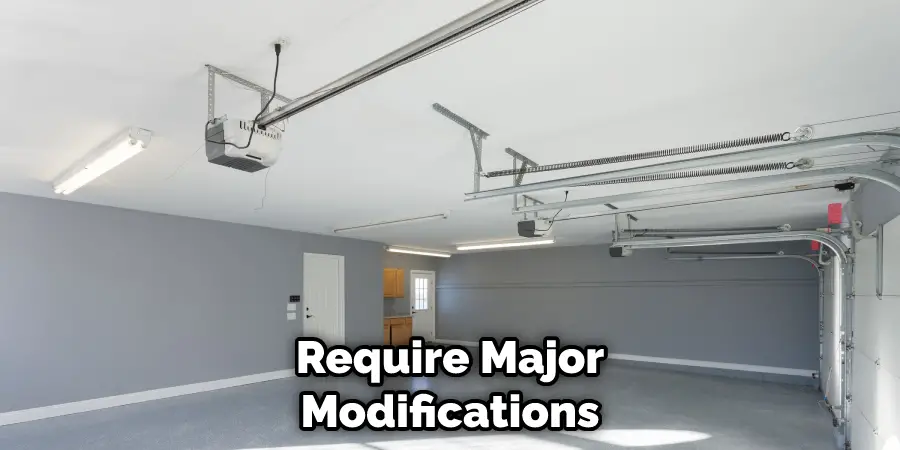
Conclusion
After you’ve insulated your garage, add weatherstripping around the door to keep cool air in and hot air out. Be sure to caulk gaps and cracks where outside air could sneak in.
You can also install a window unit air conditioner in your garage for additional cooling power. By taking these steps and following how to insulate a garage for air conditioning, you can turn your garage into a comfortable space that stays cool all summer long.

